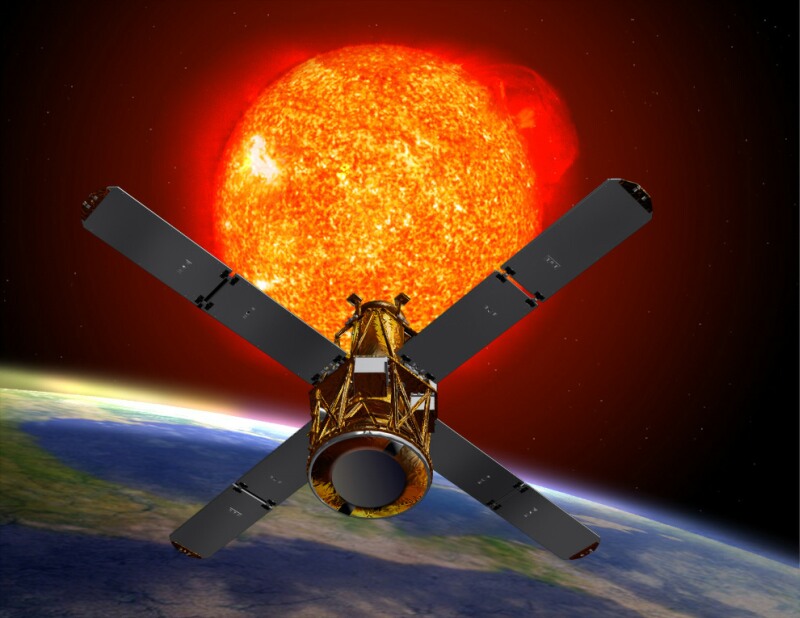Forty years ago today — February 14, 1972 — a Proton-K rocket launched from the Baikonur Cosmodrome carrying the latest lunar sampling mission from the Soviet Union.

(Luna-20 sample return capsule in the Kazakhstan snow. Image from the NSSDC.)
Luna-20, or Lunik-20, arrived in lunar orbit on the 18th and soft-landed on the Moon on the 21st. It landed less than 2 km from the crash site of its predecessor, Luna-18.
The robotic spacecraft extended a drill which it used to collect samples of the lunar soil. According to the National Space Science Data Center, the craft collected 30 grams of soil; however, according to NASA’s Solar System Exploration site, the total was 55 grams. The return vessel brought the sample back to earth on February 25th, making this the second successful robotic sampling mission. The Soviets traded 2 grams of the Luna-20 sample to NASA for 1 gram of Apollo-15 soil.
Luna-20 landed in the Apollonius highlands, a mountainous region near Mare Foecunditatis, the “Sea of Fertility.” A sideways reference to its Valentine’s Day launch? You be the judge.

















